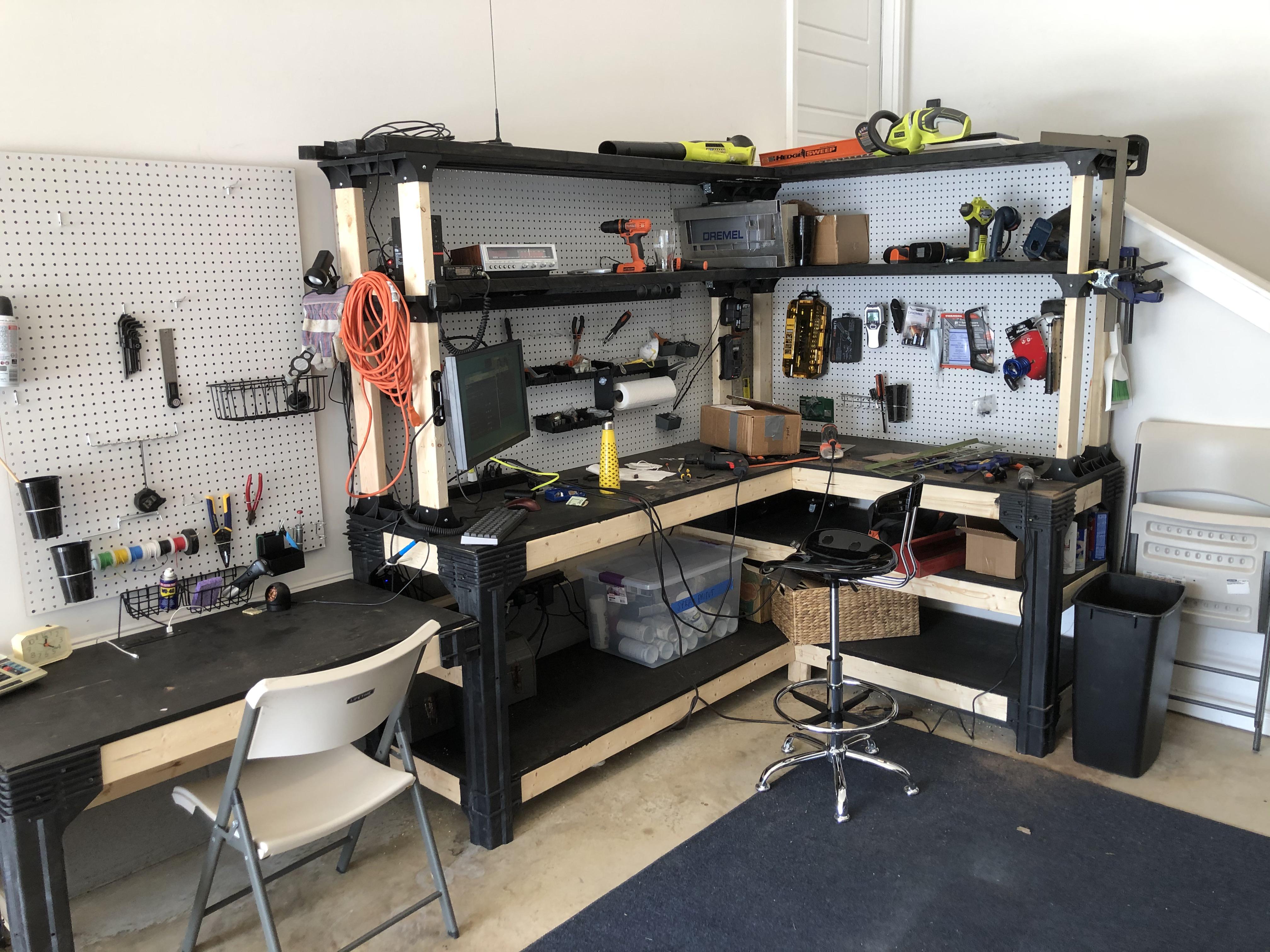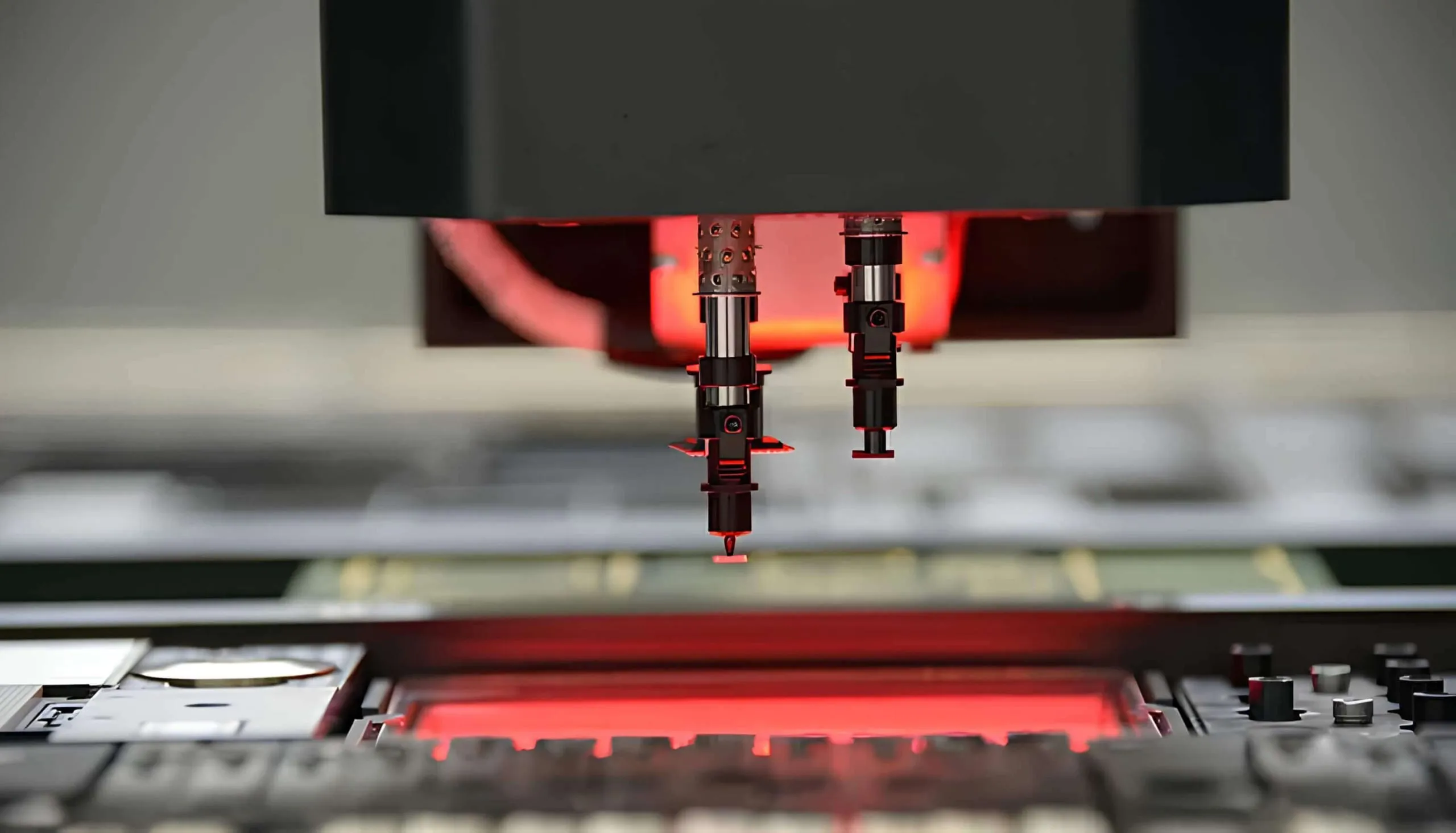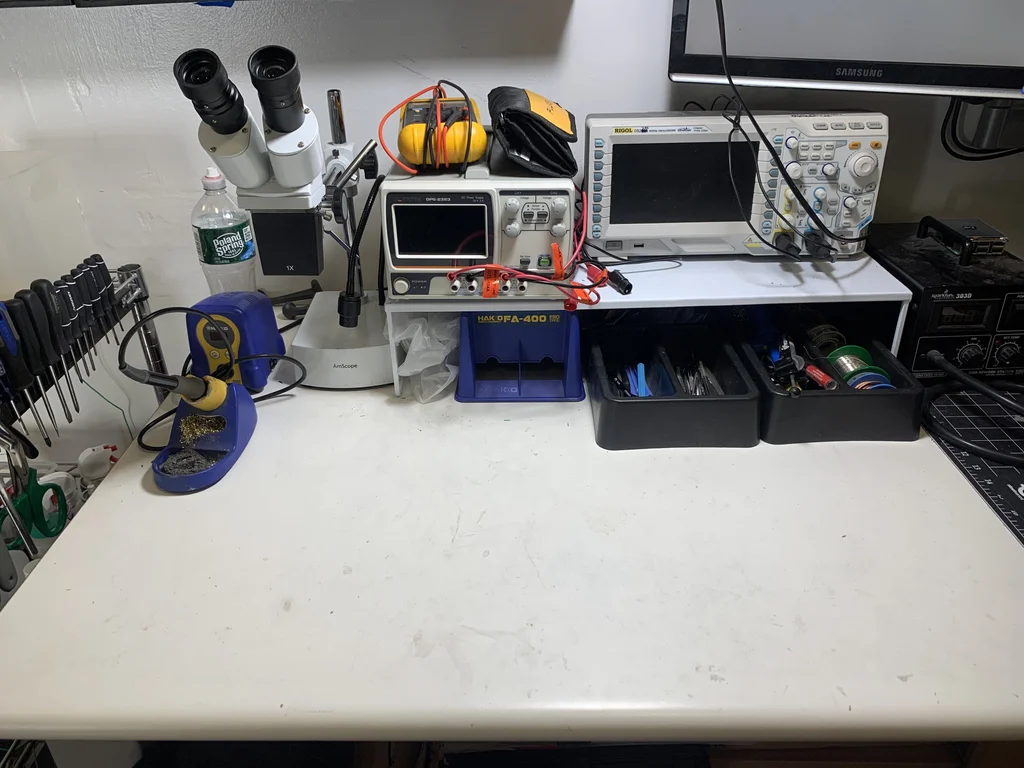If you're looking to bring your electronic designs to life, understanding PCB prototyping equipment is essential for achieving PCB Quick Turn and PCB Rapid Prototyping. Whether you're an engineer, a hobbyist, or a startup innovator, having the right tools like a pick and place prototype machine or a desktop reflow oven can make all the difference in speeding up your development process. In this blog, we’ll dive deep into the world of PCB Prototype creation, exploring the equipment that helps you turn ideas into functional boards quickly and efficiently.
What Is PCB Prototyping and Why Does It Matter?
PCB prototyping is the process of creating a working model of a printed circuit board (PCB) to test and validate a design before mass production. It’s a critical step in electronics development, allowing designers to identify errors, refine functionality, and ensure the board meets performance standards. With PCB Quick Turn services and PCB Rapid Prototyping techniques, this process has become faster and more accessible, even for small teams or individual creators.
The importance of prototyping lies in its ability to save time and money in the long run. By catching issues early, you avoid costly redesigns during production. Plus, with the right equipment, you can iterate designs rapidly, ensuring your product reaches the market sooner.

Key Equipment for PCB Prototyping
To achieve efficient PCB Rapid Prototyping, you need a set of specialized tools and equipment. Below, we’ll explore the essential gear that can help you create high-quality prototypes in-house or streamline the process with professional services.
1. PCB Design Software for Prototyping
Before any physical board is created, the design phase is crucial. Modern PCB design software allows you to create detailed schematics and layouts for your PCB Prototype. These tools often include simulation features to test electrical performance, such as signal integrity at frequencies up to 5 GHz or impedance matching at 50 ohms for high-speed circuits.
Using design software, you can generate Gerber files, which are the standard format for PCB manufacturing. This step ensures that your prototype design is ready for quick fabrication, supporting PCB Quick Turn timelines as short as 24-48 hours with the right service provider.
2. Pick and Place Prototype Machines
A pick and place prototype machine is a game-changer for assembling components on your PCB. These machines automate the placement of surface-mount devices (SMDs) like resistors, capacitors, and ICs onto the board with precision. For small-scale prototyping, desktop pick and place machines can handle boards with up to 100 components per minute, offering accuracy within 0.1mm.
Having an in-house pick and place machine reduces reliance on manual assembly, which is prone to errors and slows down PCB Rapid Prototyping. It’s especially useful for iterating designs multiple times in a short period.

3. Desktop Reflow Oven for Soldering
Once components are placed on the board, soldering them securely is the next step. A desktop reflow oven is an essential piece of equipment for this process, especially for surface-mount technology (SMT). These compact ovens heat the PCB to melt solder paste, creating strong electrical connections between components and the board.
Desktop reflow ovens are designed for small batches, making them ideal for PCB Prototyping. They often support temperature profiles up to 250°C, with precise control to prevent overheating delicate components. For example, a typical reflow profile might include a preheat stage at 150°C for 60 seconds, followed by a peak at 220°C for 30 seconds to ensure proper soldering.
Investing in a desktop reflow oven allows you to complete the assembly process in-house, significantly speeding up PCB Quick Turn projects without sacrificing quality.
4. PCB Milling Machines for In-House Fabrication
For those who want complete control over the prototyping process, a PCB milling machine can be a valuable tool. These devices carve out copper traces on a blank PCB substrate, creating a functional board directly from your design files. They’re perfect for producing a single PCB Prototype or small batches without waiting for external fabrication services.
While milling machines may not match the precision of professional fabrication for complex multilayer boards, they’re excellent for simple designs and can produce a board in under an hour. This supports PCB Rapid Prototyping by eliminating shipping delays.
5. Testing and Inspection Tools
After assembling your prototype, testing is critical to ensure functionality. Basic tools like multimeters can measure voltage, current, and resistance, while more advanced equipment like oscilloscopes can analyze signal behavior at frequencies up to 100 MHz. Automated optical inspection (AOI) systems can also detect soldering defects or misaligned components with high accuracy.
These tools help validate your design quickly, allowing for faster iterations in a PCB Quick Turn workflow. Without proper testing, you risk moving forward with flawed designs that could fail in real-world applications.
Benefits of PCB Quick Turn and Rapid Prototyping
Using the right equipment and services for PCB Quick Turn and PCB Rapid Prototyping offers several advantages for electronics developers. Let’s break down the key benefits.
Speed to Market
In today’s fast-paced tech world, getting your product to market quickly can be a competitive edge. PCB Quick Turn services, often delivering boards in as little as 24-72 hours, combined with in-house equipment like a desktop reflow oven, drastically reduce development timelines. For example, a prototype that once took two weeks to complete can now be ready in just a few days.
Cost Efficiency
While investing in equipment like a pick and place prototype machine may seem expensive initially, it saves money over time by reducing outsourcing costs. Rapid prototyping also minimizes the risk of expensive errors in mass production by allowing thorough testing and design adjustments early on.
Flexibility for Iteration
With PCB Rapid Prototyping, you can test multiple design versions in a short period. If a prototype reveals an issue—say, a trace width of 0.2mm causing signal interference—you can adjust the design and create a new board within hours or days, depending on your setup.
How to Choose the Right PCB Prototyping Equipment
Selecting the best tools for your PCB Prototype needs depends on several factors. Here are some tips to guide your decision-making process.
Assess Your Project Scale
For small projects or hobbyist work, a basic desktop reflow oven and manual assembly might suffice. However, if you’re working on complex designs with hundreds of components, investing in a pick and place prototype machine becomes more practical to ensure accuracy and speed.
Consider Your Budget
High-end equipment can cost thousands of dollars, so balance your budget with your needs. For instance, a desktop reflow oven might range from $300 to $1,500, while entry-level pick and place machines start around $2,000. If funds are limited, partnering with a PCB Quick Turn service for fabrication might be a better option.
Evaluate Technical Requirements
Look at the specifications of your designs. If your boards require precise soldering for tiny 0402 components (1.0mm x 0.5mm), ensure your reflow oven supports fine temperature control. Similarly, if your designs involve high-density layouts, choose a pick and place machine with high placement accuracy.
Combining In-House Tools with Professional Services
While owning equipment like a desktop reflow oven or a pick and place prototype machine is beneficial, you don’t need to do everything in-house. Many developers combine their tools with professional PCB Rapid Prototyping services for optimal results.
For instance, you might outsource the fabrication of your boards to take advantage of advanced manufacturing capabilities, then handle assembly and testing yourself. This hybrid approach maximizes efficiency, especially for PCB Quick Turn projects where time is critical. Professional services can often deliver multilayer boards with trace widths as small as 0.1mm and vias down to 0.2mm, which might be beyond the capabilities of in-house milling machines.
Best Practices for Successful PCB Prototyping
To make the most of your prototyping efforts, follow these practical tips.
Start with a Clear Design Plan
Before using any equipment, ensure your design is well-thought-out. Double-check schematics for errors and simulate performance to predict issues like signal crosstalk at high frequencies (e.g., above 1 GHz for RF designs).
Maintain a Clean Workspace
When using tools like a desktop reflow oven, keep your workspace free of dust and debris to avoid contamination of solder paste or components. A clean environment ensures reliable results for your PCB Prototype.
Test Incrementally
Don’t wait until the entire board is assembled to start testing. Check individual sections for issues as you go. For example, measure resistance across power traces (targeting values below 0.1 ohms) before moving to full assembly.

Conclusion: Streamline Your Development with PCB Prototyping Equipment
Investing in the right PCB prototyping equipment can transform your design process, enabling PCB Quick Turn and PCB Rapid Prototyping with ease. Tools like a pick and place prototype machine and a desktop reflow oven empower you to create, assemble, and test prototypes in-house, while professional services can complement your efforts for complex fabrication needs.
By understanding your project requirements and choosing the appropriate tools, you can accelerate your development cycle, reduce costs, and bring innovative products to life faster. Whether you’re a seasoned engineer or just starting out, mastering the art of PCB Prototype creation is within reach with the right equipment and strategies.



